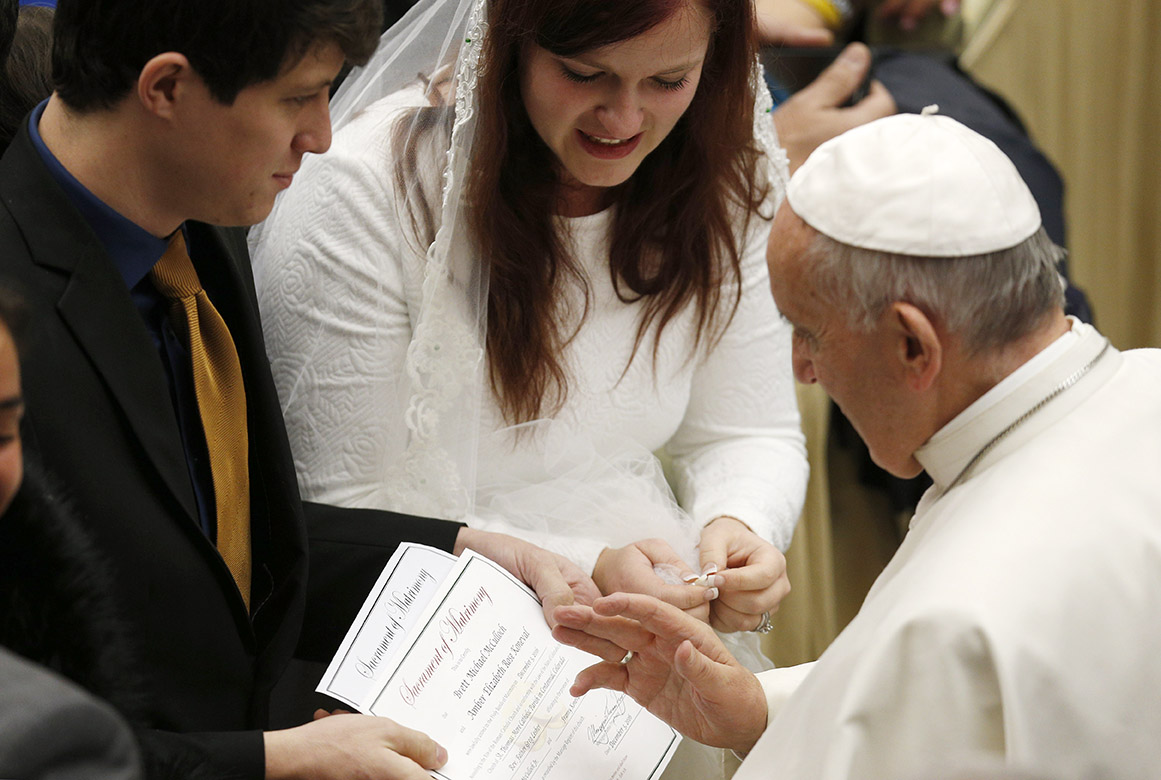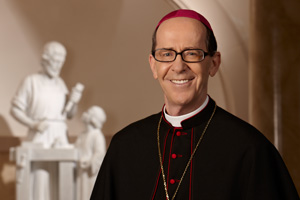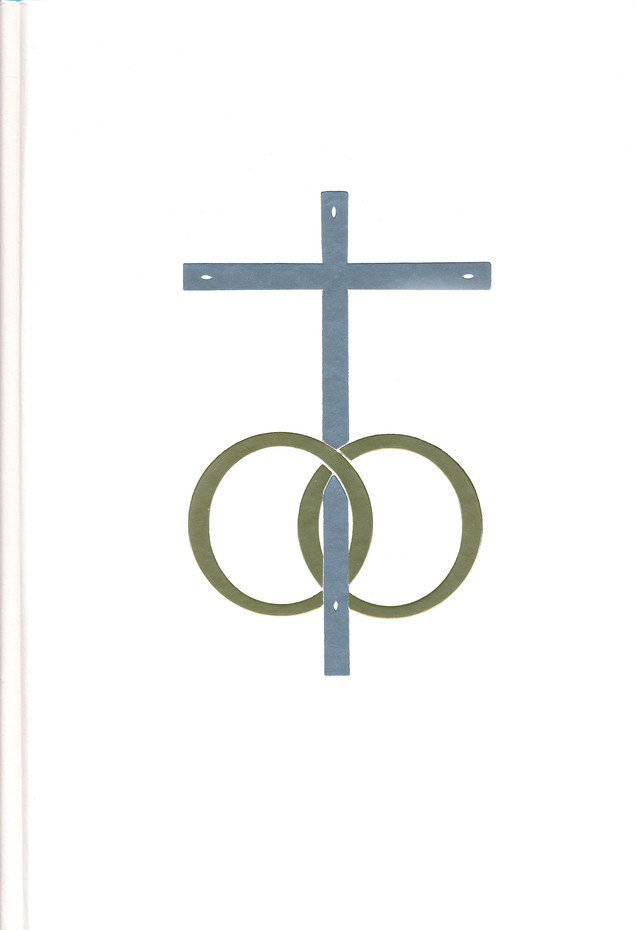Revised Rite of Matrimony accentuates
Clarity and Beauty

Part 2 of 2
This is the first of a two-part series on The Order of Celebrating Matrimony.
On Dec. 30, 2016, the Feast of the Holy Family, a revised Rite for Marriage began to be used throughout the English-speaking Church. It is called The Order of Celebrating Matrimony. Though much of the Rite remains the same, the changes serve to deepen the beauty of the symbolic expression of marriage, as well as to radiate the unchanging truth of marriage in our culture.
Why a new revision now?
Many may be surprised to learn that it was not until AD 1614 that an official, universal ritual for marriage was first promulgated by the Church. This was an attempt to codify diverse liturgical practices around the known world for use with the [then] relatively new Roman Missal of Pope Pius V.
This ritual remained the norm for Catholic weddings for more than three-and-a-half centuries. After the Second Vatican Council’s call for an overall revision to the sacred rites, a newly revised ritual was released in AD 1969 (in Latin), and became available in a new English translation in AD 1970. A second edition of this Latin ritual was promulgated in AD 1991, but for several reasons, an official English version never appeared until now.
With new principles for vernacular translations from the original Latin, a new English translation of the Roman Missal came out in AD 2011; and soon after, translation work began on the as-yet untranslated Rite of Marriage. This English translation was approved by the Holy See in AD 2015 and promulgated for use in AD 2016. It is helpful to recall that the Church’s Sacramental rituals, though deeply rooted in what Jesus gave the Church in the seven Sacraments, nonetheless grow and develop in a dynamic process within her various cultural situations. Translations into English are relatively new aspects of this organic development of the Roman Rite.
EN ESPAÑOL: El Matrimonio es hermosa
What’s new in this revision?

The most noticeable change is in the name. What was known as the Rite of Marriage is now The Order of Celebrating Matrimony. This alteration highlights the unique dignity of the Sacrament — the Church’s view of “matrimony” is categorically higher and more beautiful than what our culture somewhat ambiguously labels “marriage.”
The written introduction is greatly expanded, providing a rich and expansive summary of the Church’s theology of marriage. It is inspiring reading, helpful for marriage preparation and useful for anyone interested in the Catholic vision of marriage. The Entrance Rites are also expanded, with two suggested introductory addresses from which the priest or deacon may select. Other modifications include the omission of the Penitential Act and the inclusion of the Gloria when marriage is celebrated in the context of Mass. This highlights the festive and solemn nature of the celebration.
The all-important words of consent (i.e. the marital promises exchanged by the spouses) newly include the words “… to love and to cherish until death do us a part.” This traditional form has long been used in England. But, more significantly, it magnifies the beauty of spousal love with a subtle reference to St. Paul’s teaching that a husband should “nourish and cherish” his wife as his own body, as Jesus does (cf. Eph 5:29). The priest’s or deacon’s words of reception (i.e. his official acknowledgement of the new marital bond) now include an option mentioning Abraham, Isaac, and Jacob, as well as Adam and Eve. This highlights the crucial role marriage plays in salvation history.
Other additions include the following: a) the assembly responds “Thanks be to God” after the consent; b) new insertions into Eucharistic Prayers II and III pray for the couple by name; c) two sample General Intercessions are provided; d) four Nuptial Blessings now include a calling down (an epiclesis) of the Holy Spirit on the new couple; and e) two new rituals found in the appendices provide an Order of Blessing for an Engaged Couple and an Order of Blessing for a Married Couple within Mass on the Anniversary of their Marriage.
Adaptations specifically intended for the United States include two additional options that can be chosen: namely, the blessing and giving of the arras (coins) and the blessing and placing of the lazo or veil. These adaptations — employed often in Hispanic and Filipino cultures — have been approved for use in the United States in a Spanish translation since AD 2010. Now they are available in an approved English translation. The arras refers to a small cask containing 13 gilded coins symbolizing prosperity. The couple’s exchange of the arras expresses their commitment to the well-being of the other. The lazo is a cord or a yoke placed over the couple’s shoulders to symbolize their new union.
Enhanced beauty, greater clarity
These new modifications in The Order of Celebrating Matrimony are a welcome step in the development of the Rite of Matrimony. They help us to accomplish what the Second Vatican Council requested in its Constitution on the Sacred Liturgy (77 and 78), in particular that the marriage rite be “revised and enriched in a way which more clearly expresses the grace of the sacrament and the duties of the spouses.”
By attention to these small but significant changes, new couples — as well as all those who participate in Catholic weddings — will delight in the enhanced beauty and clarity of what St. Paul called the great mystery of marriage: a participation in Christ’s love for His Church (cf. Eph 5:31).







